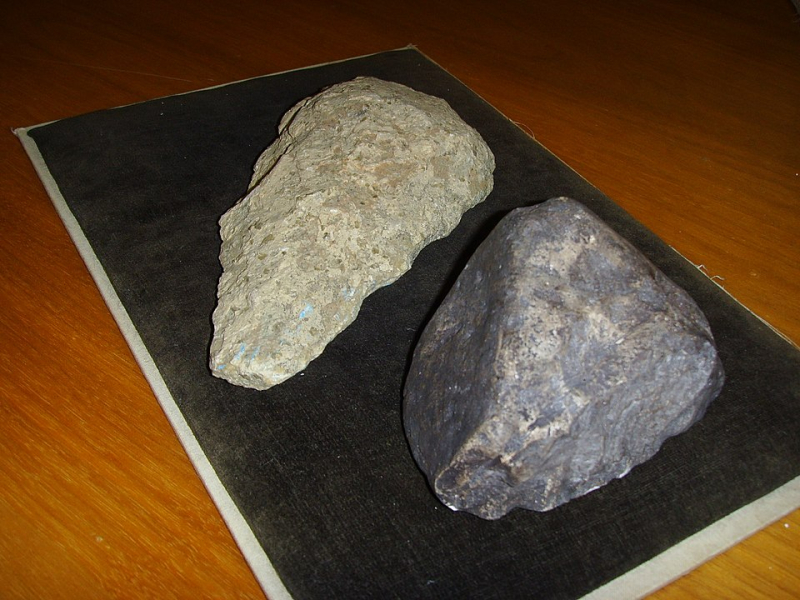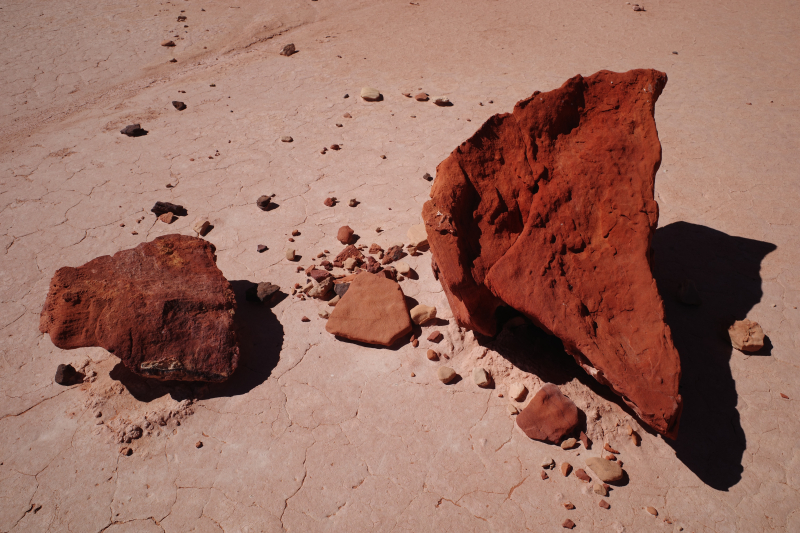What tools tell us about the brain
To bridge these seemingly distant disciplines, researchers mostly rely on the concept of embodied cognition. Simply put, it implies that every part of our body contributes to cognition – so the latter is located not only in our heads but even in our hands, feet, etc. There is also a concept that goes even further: extended mind, which extends beyond our bodies to the things that we use in our daily lives such as our PCs or journals – basically anything that stores information.
Thus, researchers have come to the idea that material culture, i.e. everything created by hand, is essentially cognition, or some part of it, at any rate. You can take a few moments to think that your phone, notebook, and that line drawing you made back in first grade are all parts of your cognition. Bizarre!
One important aspect of neuroarchaeology focuses on the early tool-making technologies that our distant ancestors applied over the ages of evolution. First, there is the Oldowan (developed between 2.6 and 1.75 million years ago) industry – the tools they used were fairly simple, involving a core stone with several flakes chipped off it by another stone. The next industry to appear was the Acheulean (developed between 1.7 million years ago and 130,000 years ago) and this one involves a wide variety of tools which are more complex and delicate. This was the age of handaxes, which were symmetrical and somewhat aesthetically pleasing.

Oldowan (right) stone tool compared to an Acheulean one. Credit: Gerbil / Wikimedia Commons / CC BY-SA 3.0
So, given the extended mind thesis and this paradigmal change in tool-making, we can definitely ask, Which vital parts changed in the minds and brains of early humans to allow for this transition? And was this change a prerequisite for language?
What is it I hear? Are you surprised we still don't know how language originated? Currently, not everyone even agrees that it is a uniquely human capacity. And even the so-called language gene you might have heard of is not enough to answer our questions.
Going back to the Stone Age
We are still disappointingly far from creating a time machine, but luckily we know a lot about ancient tool-making – enough to not only reproduce the tools but also teach novices how to make them.
Any experiment means that we need to vary some factors, while others remain stable. So, to determine the difference between brain activity when making Oldowan and Auchelean tools, we create tasks that have to do with either one technology or the other. For instance, after a certain learning period, experiment participants will either have to watch clips of people making such tools and then answer questions about them (typically, they would do this while lying in the MRI tube), or make the tools themselves (impossible to accomplish with the functional MRI method; here, the data is recorded using, for example, near-infrared spectroscopy).
But what else can we vary? To test the role of communication in the process of acquiring these techniques, we can divide our participants into groups and teach each group using a different method. Some will learn from a teacher with a spoken instruction, others will only watch the teacher make their handaxe, and still others will have no teacher at all and will have to work out the technique on their own. This way, we can deduce if language was a prerequisite for mastering the later Auchelean industry.
We can also compare brain activations in novices, trained participants, and professional stone knappers. I don't know about you, but personally I was surprised to learn there even are such professionals. Imagine making stone tools for a living! This comparison allows us to see how brain activity changes over the training period and if there are any long-term differences between the two industries.
Any answers yet?
So far, the conclusions tend to vary. Some researchers have gone as far as saying that some form of protolanguage or at least a primitive system of signs was necessary to take the leap from the earlier Oldowan industry to the more advanced Auchelean one. This was based on the fact that experiment participants grasped the Oldowan technique quicker when their teacher was strongly involved in the process, and especially with spoken instruction.
Other research groups link language to Auchelean tool-making through their mutual heavy reliance on working memory and complex action planning. So, as the tools’ production process became more challenging, our hands had to work more precisely. This, in turn, made our brains develop in a certain way that happened to accommodate language development. To boost this accommodation, the tool-making techniques were arguably so complex that they couldn’t be passed from one person to another without some form of pre-language.

Finally, there are researchers who claim Auchelean tool-making – in terms of brain activity – has more in common with playing the piano than with language. Don’t even get me started on all the possible links that have now been made between musical education (i.e. knowing how to play musical instruments) and various mental capacities, but here we have yet another one.
To sum it all up, the merger between neuroscience and archaeology is a rather intriguing process. While researchers have the chance to test their creativity by coming up with new experiment designs, those participating in their research get to do a little time-traveling as they learn to make tools from the Stone Age. Let us keep an eye on this field – and who knows, maybe it’s there that we’ll finally discover how we, humans, developed language!
To get a broader overview of the field, you can look at this chapter in Springer’s Paleoneurology or this article by one of the field’s founding fathers. And if you want to learn more about cognitive science, check our previous articles on the topic.




